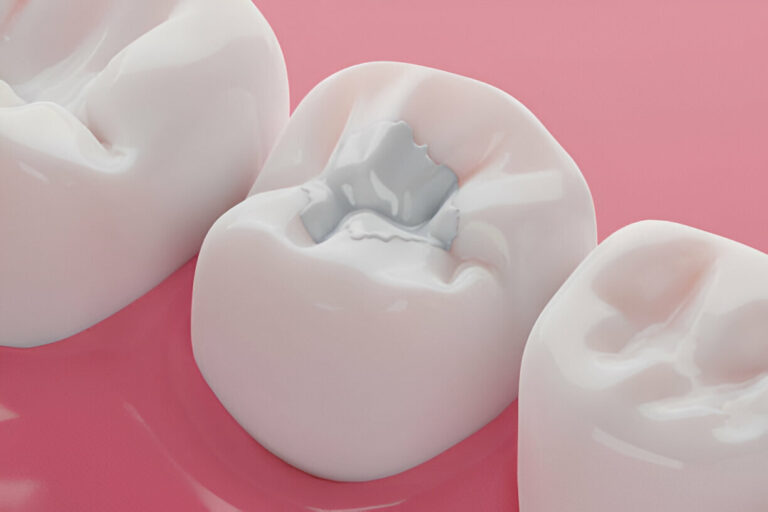
Dental fillings play a crucial role in maintaining oral health by addressing issues like cavities, tooth damage, or decay. Understanding the signs that indicate the need for a dental filling in Dubai(حشو الأسنان في دبي) is essential to prevent further complications. If you experience any discomfort or visible damage, you might need a dental filling to restore your tooth’s structure and function.
Tooth Sensitivity: An Early Indicator
One of the first signs you might need a dental filling is sensitivity. This occurs when your teeth react to hot, cold, or sweet foods and beverages. Sensitivity often indicates enamel erosion or the beginning stages of decay. Don’t ignore this symptom, as it can worsen over time.
Pain While Chewing: A Clear Warning
If chewing causes pain or discomfort, it might point to a cavity or cracked tooth. This symptom often suggests that decay has penetrated deeper layers of the tooth. Ignoring such pain could lead to more extensive dental procedures in the future.
Visible Holes or Dark Spots:
Inspect your teeth closely for visible holes, cracks, or dark spots. These can signal cavities or damage that require immediate attention. A dental filling can seal these areas, preventing further deterioration and protecting the tooth.
Persistent Bad Breath or Unpleasant Taste:
Decay or bacteria trapped in damaged teeth can lead to chronic bad breath or an unpleasant taste in your mouth. If regular brushing and flossing don’t resolve the issue, it might indicate a deeper problem that could be resolved with a filling.
Food Getting Stuck Between Teeth:
Repeatedly finding food trapped in the same area of your mouth might signal a cavity or tooth gap. These spaces are often difficult to clean and prone to decay, making them prime candidates for fillings to restore a smooth surface.
Discomfort When Biting Down:
If you feel sharp or dull pain while biting, it might indicate tooth decay or a fracture. This discomfort is often a sign that a filling is needed to stabilize and protect the tooth.
Change in Tooth Texture:
Run your tongue along your teeth. If you notice rough edges or irregular surfaces, it could indicate damage or wear. A filling can restore the tooth to its natural shape, improving comfort and appearance.
Conclusion:
Recognizing these signs early can help you maintain optimal oral health. Whether it’s sensitivity, visible damage, or persistent discomfort, acting promptly to address these symptoms with a dental filling ensures long-term protection and functionality for your teeth.













